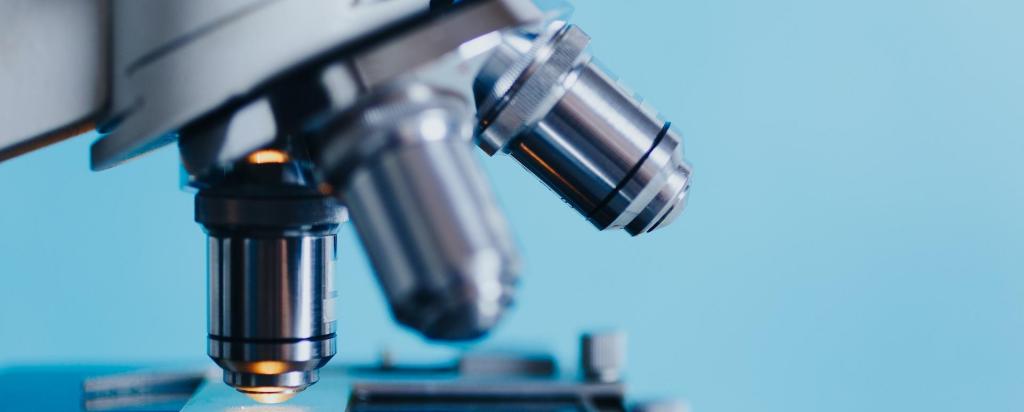
Showing 101 - 120 of 1516 results
Poster prize for one of our students at AOCNS2015
Researchers uncover how pathogens hijack phosphate pathways to infect crops
A team of scientists from The Australian National University (ANU) has discovered how a powerful “weapon” used by many fungal pathogens enables them to cause disease in major food crops such as rice and corn
Understanding how adaptive immune cells recognise and interact with the SARS CoV-2 virus
A team of scientists led by Monash University and the University of Melbourne in association with the Peter Doherty Institute for Infection and Immunity have made progress in clarifying the molecular interactions that underpin how our adaptive immune cells recognise SARS CoV-2, which causes COVID-19.
Understanding how ventilation might impact blood flow in ventilated preterm babies
Hudson Institute of Medical Research and Monash University researchers used synchrotron X-rays produce powerful visualisation of video of changes to blood flow to brain during ventilation in large preterm clinical models.
The power of one thousand as Australian research reaches molecular milestone
One zoo, two nuclear scientists, and 30 schools: Welcome to World Environment Day
Australian researchers reveal how the immune system’s ‘friendly fire’ can turn malaria deadly
Research reveals how disordered proteins contribute to the properties of the rabies virus
A large team of international researchers have used synchrotron techniques to understand how key proteins contribute to the virulence of the rabies virus, sometimes called the “zombie virus.”
Innovative approach to assess how diet of pregnant woman might impact foetal development
New study of hydroclimate records reveals how water cycle on Earth responds to temperature increases
Research explores how the magnetic moments of atoms in materials are arranged and interact
The unique magnetic properties and nontrivial quantum effects were observed and measured in an advanced material with potential application for quantum computing.

Nuclear facts
Nuclear science is applied by ANSTO's scientists in many areas that are vital to Australia's future, including agriculture, industry and manufacturing, minerals construction, health and environment. Our work in the development and applications and new knowledge and skills arises from world-class experience in nuclear science and technologies.
Shorebirds Competition 2020
A lesson in Science and Sustainability.

Shorebirds 2024: Flight for Survival
An initiative for National Science Week 2024 the Shorebirds Competition addresses the 2024 theme for National Science Week, ‘Species Survival’ and provides unique cross-curricula learning for Australian primary students in Years 3 to 6.
What we do
ANSTO leverages great science to deliver big outcomes. We partner with scientists and engineers and apply new technologies to provide real-world benefits. Our work improves human health, saves lives, builds our industries and protects the environment.

ANSTO's contribution to the advancement of molten salt based reactor systems
ANSTO, as the Australian centre for nuclear-related research and as the custodian of large research infrastructure is well-positioned to undertake research on molten sale based reactor systems using its capabilities and expertise.
Elements in the 21st Century
Do you love science? Here is a competition for you that combines chemistry and creativity! Discover the world of elements and create a poster for your favourite element in this new competition for school aged students.
